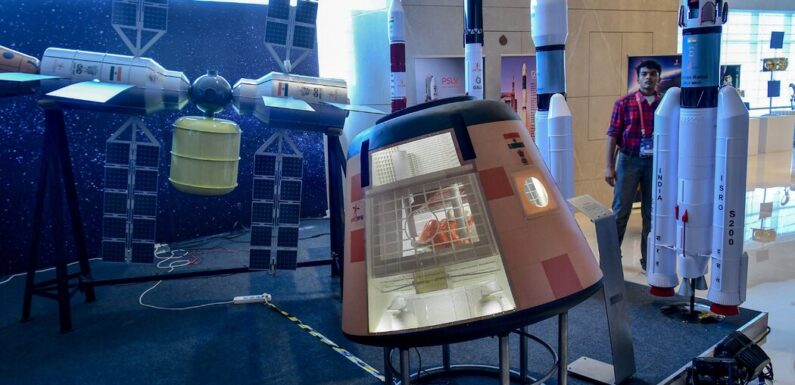
India has a busy decade of space exploration ahead.
S. Somanath, the director of Indian Space Research Organization, has described the current moment as an inflection point, as the country opens its space programs to private investors after half a century of state monopoly that made advances but at “a shoestring budget mode of working.”
A large share of India’s space efforts in the coming years will focus on the moon.
In addition to the scientific results of Chandrayaan-3, India is preparing a joint lunar exploration with Japan, in which India will provide the lander and Japan the launch vehicle and the rover. The robotic mission, known as LUPEX, is also intended for exploring the South Pole of the moon.
Although an Indian astronaut flew to orbit in 1984, the country has never sent humans to space on its own. It is therefore preparing its first astronaut mission to space, called Gaganyaan. But the project, which aims to send three Indian astronauts to space on the country’s own spacecraft, has faced delays, and ISRO has not announced a date for it.
ISRO will first have to conduct a test flight of the Gaganyaan spacecraft with no astronauts aboard. Officials have said they are at the stage of perfecting the crew escape system, and they said this month that they had tested the drogue parachutes, which help stabilize the capsule that the astronauts will ride as they return to Earth.
Additionally, India is preparing for the Aditya-L1 mission, which plans to study the sun, in early September. ISRO officials have said that it will carry seven payloads to study the photosphere chromosphere and the outermost layers of the sun using electromagnetic and particle detectors.
Another mission is the collaborative NASA-ISRO Synthetic Aperture Radar, or NISAR, which will monitor changes in our planet’s land and ice surfaces from orbit. It is slated to launch from India next year.
The country will also launch a second Mars orbiter mission. The first Mars mission, Mangalyaan, successfully entered the planet’s orbit in 2014 and remained in communication with ISRO until the mission concluded in 2022 when the spacecraft lost power. It made India the first country to achieve Martian orbit on its first attempt, and demonstrated that the country could show scientific prowess even when resources are constrained: The mission’s budget of about $75 million was less than the $100 million budget of the Hollywood space film “Gravity.”
Hari Kumar is a reporter in the New Delhi bureau. He joined The Times in 1997. More about Hari Kumar
Mujib Mashal is The Times’s bureau chief for South Asia. Born in Kabul, he wrote for magazines including The Atlantic, Harper’s and Time before joining The Times. More about Mujib Mashal
Source: Read Full Article